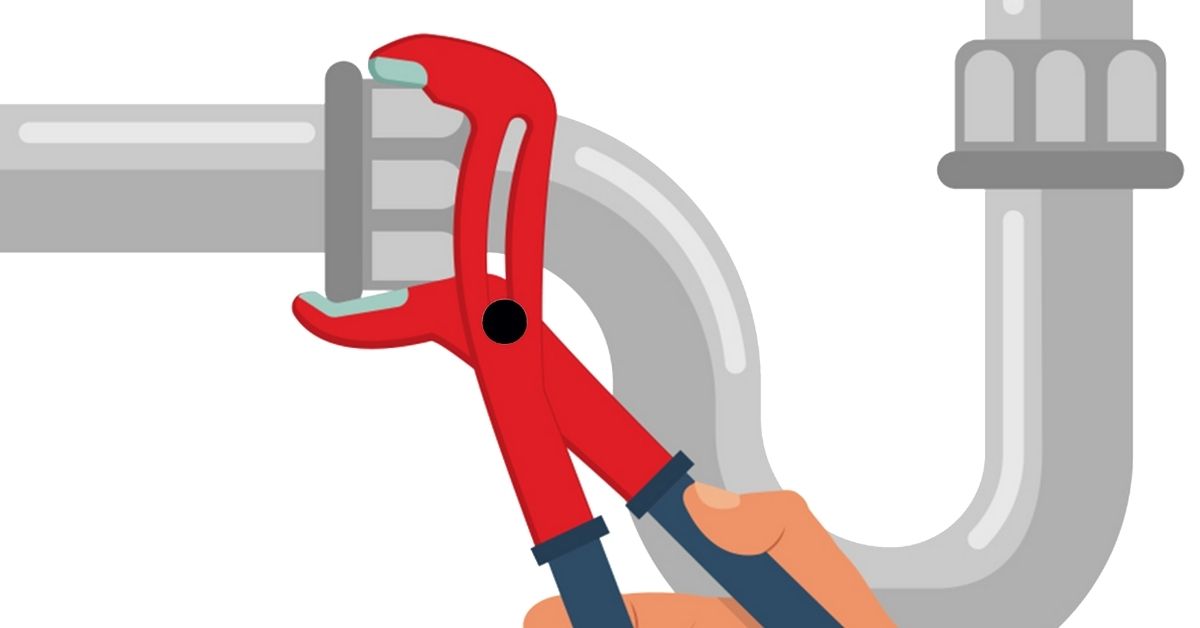Share

- Doing Plumbing Maintenance: 9 Helpful Steps
- How To Keep Your Plumbing System Running Smoothly
- 1. Always check your plumbing system for leaks.
- 2. Flush your toilets and drains on a regular basis.
- 3. Inspect your water heater every year.
- 4. Keep an eye on your garbage disposal.
- 5. Use a drain snake to clean your drains every few months.
- 6. Inspect your pipes for corrosion and rust.
- 7. Use a sealant on threaded connections to prevent leaks.
- Suggested Post
Doing plumbing maintenance is not a difficult task. In fact, it’s an easy way to ensure that your pipes last for years and don’t incur any leaks or other issues.
Understanding basic plumbing maintenance will keep you from having to pay a plumber every time you have a problem with your pipes! Here are 9 steps that will help get your plumbing in tip-top shape!
Doing Plumbing Maintenance: 9 Helpful Steps
Step 1: Flush the System
Before starting any plumbing maintenance, it is important to flush out the system. This will clear away any debris or build-up that may be clogging up the pipes.
To do this, turn on all of the faucets in your home and let them run for a few minutes. Then, turn off the faucets and open the drain on your bathtub or sink. Pour a pot of boiling water down the drain to flush out the system.
Step 2: Inspect Fixtures and Pipes
Once the system has been flushed, take a look at all of the fixtures and pipes in your home. Check for any leaks, cracks, or corrosion. If you see any problems, it is best to address them right away.
Step 3: Clear Drains and Traps
Drains and traps can become clogged over time with hair, grease, and other debris. To keep them clear, use a plunger to push the obstruction through or pour a bucket of hot water down the drain.
Step 4: Test Water Pressure
Low water pressure can be a sign of a bigger problem, such as a leaky pipe. To test the water pressure in your home, turn on one faucet and measure the PSI (pounds per square inch). If the number is below 50, you may want to call a plumber to investigate further.
Step 5: Check Your Water Heater
The water heater is responsible for heating and distributing hot water throughout your home. To ensure that it is working properly, check the temperature setting and make sure there are no leaks around the tank.
Step 6: Replace Old Shower Heads
Shower heads lose pressure over time and can end up wasting gallons of water every month. If your shower head is more than five years old, it is likely clogged and the flow will improve significantly after replacing it.
Step 7: Flush Out Your Plumbing System
Once all of your plumbing maintenance is complete, flush out your system one more time with a pot of boiling water to clear away any debris or chemicals that may be left behind. This last step can help prevent future problems such as corrosion in the pipes and build-up on fixtures.
Step 8: Check for Leaks
To check for leaks throughout your home, look at each fixture closely while everything has been turned off for at least 30 minutes. If you see moisture anywhere around them, this could mean there’s a leak somewhere in the system which needs further investigation by a plumber to fix.
Step 9: Maintain a Regular Plumbing Maintenance Routine
By following these simple steps on a regular basis, you can help keep your plumbing system running smoothly and prevent any major problems from happening down the road. A little bit of maintenance goes a long way!
How To Keep Your Plumbing System Running Smoothly
When most homeowners think about their plumbing system, they tend to focus on fixing any problems that may arise. However, by taking the time for regular maintenance and inspection, you can prevent big issues from occurring in your home. Here are some tips for doing plumbing maintenance:
1. Always check your plumbing system for leaks.
A small leak can turn into a big problem if it’s not fixed right away, so be sure to check all fixtures and pipes regularly for any signs of leakage.
2. Flush your toilets and drains on a regular basis.
By flushing them out with hot water, you can help remove any built-up grime or residue that may have accumulated over time.
3. Inspect your water heater every year.
This will help you catch any potential problems before they get worse.
4. Keep an eye on your garbage disposal.
Make sure there are no obstructions in the blades and run cold water while the disposal is turned on to help keep it clean.
5. Use a drain snake to clean your drains every few months.
This will help remove any built-up hair, grease, or dirt that may have accumulated over time and is blocking the flow of water.
6. Inspect your pipes for corrosion and rust.
If you see any signs of wear and tear, it’s important to get them fixed as soon as possible to avoid further damage.
7. Use a sealant on threaded connections to prevent leaks.
A good sealant can help keep moisture out and prevent future leaks from occurring.
Tip Eight: Test your sump pump regularly.
Make sure it’s working properly in case you ever need it during a storm or power outage.



0 Comments